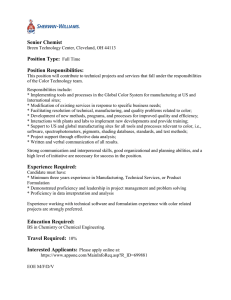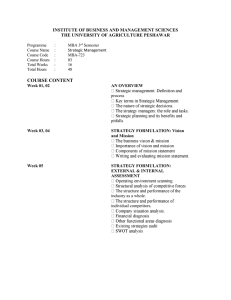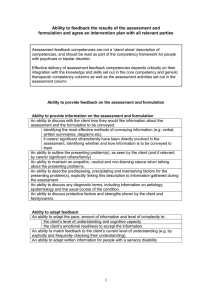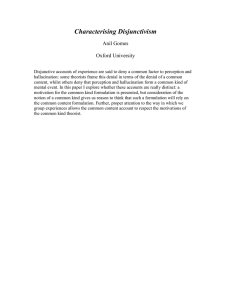Ability to feedback the results of the assessment and
advertisement
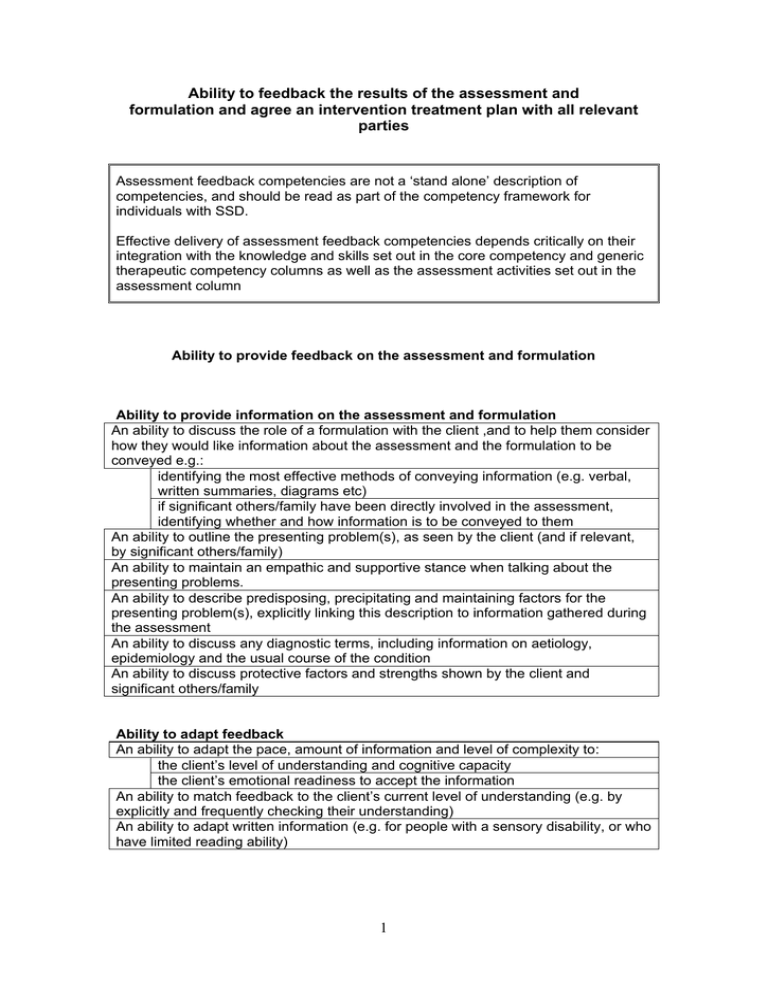
Ability to feedback the results of the assessment and formulation and agree an intervention treatment plan with all relevant parties Assessment feedback competencies are not a ‘stand alone’ description of competencies, and should be read as part of the competency framework for individuals with SSD. Effective delivery of assessment feedback competencies depends critically on their integration with the knowledge and skills set out in the core competency and generic therapeutic competency columns as well as the assessment activities set out in the assessment column Ability to provide feedback on the assessment and formulation Ability to provide information on the assessment and formulation An ability to discuss the role of a formulation with the client ,and to help them consider how they would like information about the assessment and the formulation to be conveyed e.g.: identifying the most effective methods of conveying information (e.g. verbal, written summaries, diagrams etc) if significant others/family have been directly involved in the assessment, identifying whether and how information is to be conveyed to them An ability to outline the presenting problem(s), as seen by the client (and if relevant, by significant others/family) An ability to maintain an empathic and supportive stance when talking about the presenting problems. An ability to describe predisposing, precipitating and maintaining factors for the presenting problem(s), explicitly linking this description to information gathered during the assessment An ability to discuss any diagnostic terms, including information on aetiology, epidemiology and the usual course of the condition An ability to discuss protective factors and strengths shown by the client and significant others/family Ability to adapt feedback An ability to adapt the pace, amount of information and level of complexity to: the client’s level of understanding and cognitive capacity the client’s emotional readiness to accept the information An ability to match feedback to the client’s current level of understanding (e.g. by explicitly and frequently checking their understanding) An ability to adapt written information (e.g. for people with a sensory disability, or who have limited reading ability) 1 Ability to seek the views of the client and relevant others An ability to check regularly that the client (and where relevant significant others/ family) understand what is being said to them, and seeking their viewpoint regarding the information being conveyed An ability to ensure that sessions are structured so as to allow time for questions or comments An ability to help the client (and where relevant significant others/family feel comfortable and confident to ask questions (e.g. by responding positively to questions, validating the appropriateness of questions, or actively prompting for questions) An ability to provide answers to questions in an honest and straightforward manner: an ability for the therapist to be clear when they need more information in order to answer questions, and to seek this information from an appropriate authority or source Ability to work towards and negotiate an agreed formulation An ability to identify and to consider the reasons for any significant differences between the client’s and the clinician’s view of a diagnosis or formulation, including whether: the assessment has fully explored and taken into account the client’s beliefs about the factors which account for the maintenance of their presenting difficulties the assessment and formulation has taken into account the social, cultural and physical context and their influences on the client’s/ family’s belief system. information has been clearly explained in a sensitive non-blaming manner that highlights the client’s strengths as well as difficulties. the links between contextual factors and the client’s behaviour have been made clear. there are factors in the client’s presentation and history that may make it less likely that they would agree with specific aspects of the formulation. the proposed formulation is at variance with the account offered by other professionals Ability to plan an intervention that draws on the agreed formulation An ability to plan an intervention that draws on the formulation constructed with the client (and where relevant significant others/ family) and which: includes their ideas about how aspects of themselves, or their environment could change. acknowledges (and accommodates) any doubts or uncertainties about the way forward Knowledge An ability to draw on knowledge of: the physical condition(s) with which the client presents research into the efficacy of psychological, psychosocial and pharmacological interventions, and the possible side-effects or negative effects of interventions. the range of psychological interventions offered by the service and by other statutory and non-statutory agencies to whom the client could be referred. 2 Ability to identify potential interventions An ability to draw on the formulation and decisions regarding diagnosis to identify the indicated evidence-based interventions, including an ability to identify: whether “parallel” interventions are appropriate (e.g. offering group psychoeducation as well as an individual therapy) where interagency working is appropriate (e.g. with social services) Ability to promote informed choice and agree a plan for intervention An ability to provide information on the various options for intervention, including information on their likely efficacy An ability to discuss any negative effects or side-effects of the intervention(s) An ability to seek the client’s views on each intervention option. An ability to gauge client’s motivation and preference for particular intervention options. An ability to discuss whether the client anticipates any difficulties with engaging with an intervention(s), including their likely attendance. An ability to reach agreement on an appropriate intervention plan An ability to help the client identify goals for the intervention(s) that are: explicitly defined realistic (in the sense of being achievable) prioritised, usually starting with problems/ areas of functioning most likely to be amenable to change If significant others/ family are directly involved, an ability to identify goals that are shared by the client and others/ family, and to identify any areas where they have different goals An ability to reach agreement on the sequencing and timing of intervention(s) An ability to plan the length of the intervention and/or to set a review date An ability to include evaluation procedures in the intervention plan, for example: an ability to record the client’s identified goals for an intervention(s), with the aim of evaluating whether they have been met by review dates or at the end of the intervention. an ability to identify suitable pre- and post-intervention measures and any arrangements required for their administration. an ability to select measures that are relevant to changes in the management of the physical condition targeted by the intervention an ability to identify potential confounds introduced by the physical health condition (e.g. somatic examples of distress in measures of depression) 3




